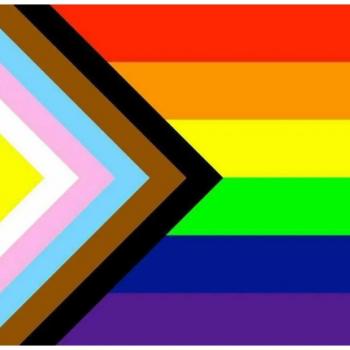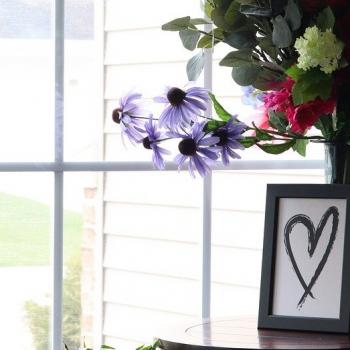“What unites us is much greater than what separates us…. It is necessary … to rid ourselves of stereotypes, of old habits. And above all, it is necessary to recognize the unity that already exists.” – Pope John Paul II
What unites us in samsara is our basic nature as beings, caught in ignorance, causing suffering both to ourselves and others.
Sabbe tasanti da.ndassa – sabbe bhaayanti maccuno;
Attaana.m upama.m katvaa – na haneyya na ghaataye.All [beings] fear the stick/rod, and all fear death.
Having made an example of yourself, do not kill nor cause to be killed.Sabbe tasanti da.ndassa – sabbesa.m jiivita.m piya.m;
Attaana.m upama.m katvaa – na haneyya na ghaataye.All [beings] fear the stick/rod, to all life is dear.
Having made an example of yourself, do not kill nor cause to be killed.(Dhp. 10:129-130 – translations thanks to Bhikkhu Bodhi and students with some amendments by yours truly)
 Watching this brief slideshow, I see many faces, many styles of clothing, hair, etc, that are unlike mine. There are:
Watching this brief slideshow, I see many faces, many styles of clothing, hair, etc, that are unlike mine. There are:
- men in Tibetan monks’ robes playing softball,
- men in business suits in seated meditation,
- corporate VPs sleeping in the streets to develop empathy,
- Thai monks tying robes on trees,
- NYC urbanites and Santa Fe criminals doing Tai Chi,
- Zen practitioners in Auschwitz,
- Basketball coaches teaching their players meditation techniques,
- A row of (Western) monastics sporting potato chips in their alms-bowls
- And more…
What I love about it is the diversity in the images with the underlying story of unity. Even the diners at the restaurant with the giant Buddha statue are seeking some form of relief from samsara. Perhaps some are even Zen masters. And yet it is all too easy for us to pick on them; are they exploiting the Buddha, the Dharma, or the Sangha? Are those other people in the wrong posture? Are the monks ordaining trees out of tune with reality? Are the Zen folks at Auschwitz just there to make themselves look good? Is the meditation-basketball thing just another ploy to exploit (an easily expoited word) young men for money?
We could go on.
The truth is, we all have flaws. We all stumble, even those who try hard to stumble toward awakening. Perhaps simply accepting that is a great big stumbling-step in the right direction.
A week ago at the Vipassana group I sit with, we listened to Pema Chödrön talk about the things that give rise to shen pa (clinging, or being hooked). What arose for me while listening to that talk and perhaps during the meditation afterward was the “superior attitude of criticism” that I experience here and there in life. Sometimes I’ve had it directed at me, sometimes I’ve caught myself directing it at others (sorry, Scott at Buddha is my DJ, and others), and sometimes I see it amongst friends -online and off- aimed at parties I am sometimes sympathetic to and sometimes not.
On the other hand there is so much good criticism out there! Constructive, caring criticism! Criticism with a smile or odd humor! I get plenty of that (Tom, et al.) and I do truly appreciate it.
On the other hand I, and I think I’m like most people on this, recoil and draw up defenses when the criticism comes in harshly, with a “superior attitude” (especially when it’s from someone I know is really, really inferior – j/k). I, too, fear the stick (verbal or otherwise).
Meditating on this, I hope/vow to be kinder in my own criticism of idiots like… oh, wait… of the other samsaric beings out there just trying, in their own ways, to make life a little better for themselves and the rest of us.











